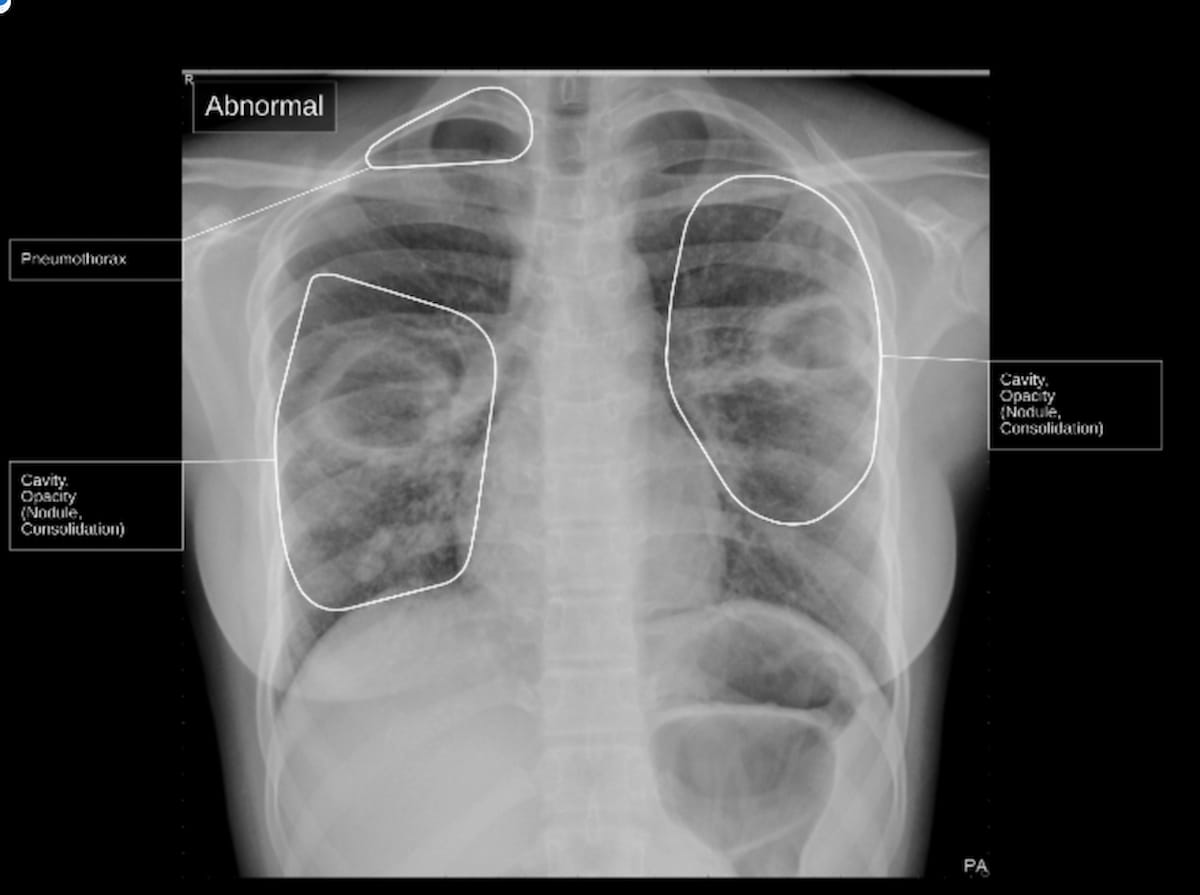Adjunctive AI Powered Tool for Tuberculosis Detection Gets FDA's Breakthrough Device Designation
With reported increases in tuberculosis cases after the COVID-19 pandemic, the qSpot-TB adjunctive artificial intelligence (AI) device may facilitate improved diagnosis of the disease on chest X-rays.
The Food and Drug Administration (FDA) has granted breakthrough device designation to qSpot-TB, an artificial intelligence (AI)-powered device, which may enhance tuberlosis (TB) detection on chest X-rays.
Qure.ai, the developer of qSpot-TB, said the device localizes signs of TB on chest X-rays and provides a conclusion of whether TB is present or not.
The emergence of the qSpot-TB device is particularly timely, according to the company, given statistics from the Centers for Disease Control and Prevention (CDC) showing 8,300 reported TB cases in 2022.
The qSpot-TB device, which recently garnered a breakthrough device designation from the FDA, localizes signs of TB on chest X-rays, and provides a conclusion of whether TB is present or not, according to Qure.ai, the developer of qSpot-TB. (Image courtesy of Qure.ai)

"The increase in TB cases in USA is a reminder about the importance of collective global efforts to continue the fight against the disease until eliminated. We cannot let our guard down. Innovative technology is a crucial component for accelerated progress to successfully end TB globally,” said Professor Kenneth G. Castro, M.D., a co-director of the Emory Tuberculosis Center, and professor of global health, epidemiology, and infectious disease with the Rollins School of Public Health at Emory University.
What is the Best Use of AI in CT Lung Cancer Screening?
April 18th 2025In comparison to radiologist assessment, the use of AI to pre-screen patients with low-dose CT lung cancer screening provided a 12 percent reduction in mean interpretation time with a slight increase in specificity and a slight decrease in the recall rate, according to new research.
Meta-Analysis Shows Merits of AI with CTA Detection of Coronary Artery Stenosis and Calcified Plaque
April 16th 2025Artificial intelligence demonstrated higher AUC, sensitivity, and specificity than radiologists for detecting coronary artery stenosis > 50 percent on computed tomography angiography (CTA), according to a new 17-study meta-analysis.
New bpMRI Study Suggests AI Offers Comparable Results to Radiologists for PCa Detection
April 15th 2025Demonstrating no significant difference with radiologist detection of clinically significant prostate cancer (csPCa), a biparametric MRI-based AI model provided an 88.4 percent sensitivity rate in a recent study.